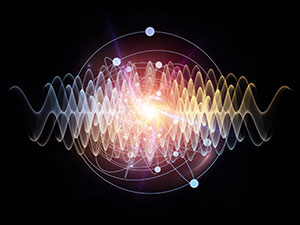
Image restoration remains a challenging task in image processing. Numerous methods tackle this problem, which is often solved by minimizing a nonsmooth penalized co-log-likelihood function. Although the solution is easily interpretable with theoretic guarantees, its estimation relies on an optimization process that can take time. Considering the research effort in deep learning for image classification and segmentation, this class of methods offers a serious alternative to perform image restoration but stays challenging to solve inverse problems. In this work, we design a deep network, named DeepPDNet, built from primal-dual proximal iterations associated with the minimization of a standard penalized co-log-likelihood with an analysis prior, allowing us to take advantage of both worlds. We reformulate a specific instance of the Condat-Vũ primal-dual hybrid gradient (PDHG) algorithm as a deep network with fixed layers. Each layer corresponds to one iteration of the primal-dual algorithm. The learned parameters are both the PDHG algorithm step-sizes and the analysis linear operator involved in the penalization (including the regularization parameter). These parameters are allowed to vary from a layer to another one. Two different learning strategies: “Full learning” and “Partial learning” are proposed, the first one is the most efficient numerically while the second one relies on standard constraints ensuring convergence of the standard PDHG iterations. Moreover, global and local sparse analysis prior are studied to seek a better feature representation. We apply the proposed methods to image restoration on the MNIST and BSD68 datasets and to single image super-resolution on the BSD100 and SET14 datasets. Extensive results show that the proposed DeepPDNet demonstrates excellent performance on the MNIST dataset compared to other state-of-the-art methods and better or at least comparable performance on the more complex BSD68, BSD100, and SET14 datasets for image restoration and single image super-resolution task.

